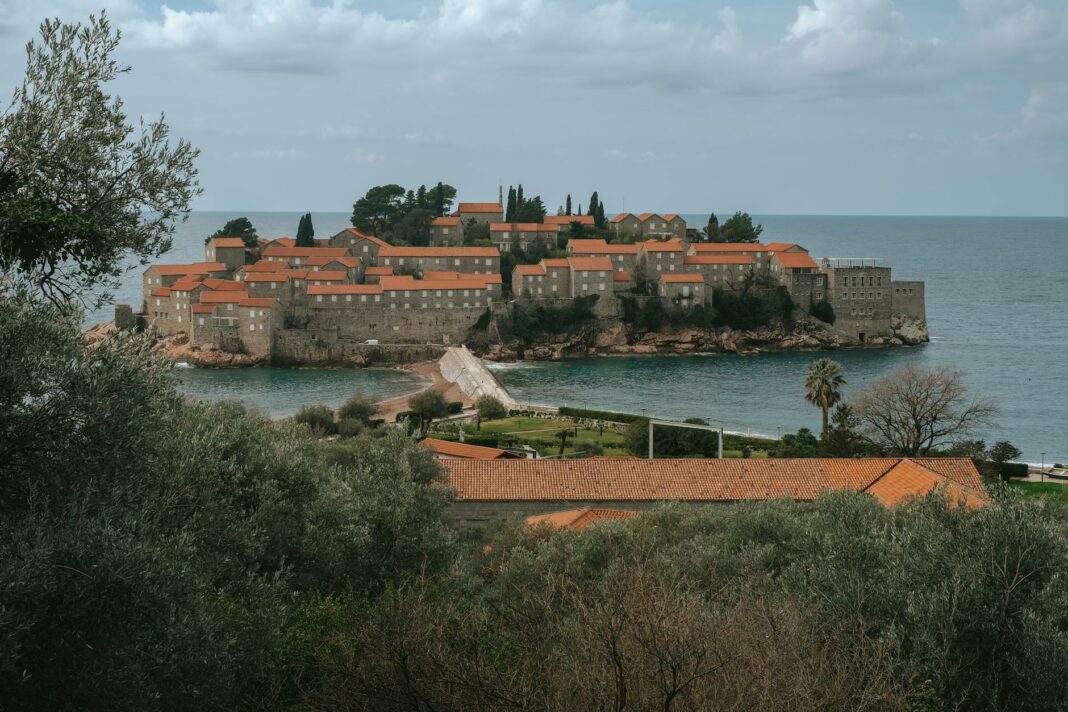With the world constantly evolving, many beloved holiday destinations face the ominous threat of disappearing. In this blog post, we’ll explore the role of UNESCO in safeguarding these cherished locations. From ancient ruins to stunning natural wonders, UNESCO’s efforts in conservation and preservation are truly remarkable. Travelers and adventurers alike should both rejoice and be thankful for these initiatives, as they help ensure that future generations can experience the beauty and history of our planet’s most treasured sites.
Not only does UNESCO work tirelessly to protect these destinations, but also its impact is far-reaching, influencing local economies, cultures, and communities. The organization acts as a guardian, standing watch over numerous sites while advocating for sustainable tourism practices. Allow us to dive deeper into this critical topic and discover just how UNESCO is making a difference in preserving our favorite holiday spots.
Table of Contents
- What is UNESCO?
- The Mission of UNESCO
- UNESCO Heritage Sites: A Closer Look
- Conservation Strategies Employed by UNESCO
- Impact on Local Tourism and Economy
- Moving Forward with UNESCO
- Final Thoughts on Preservation
- Frequently Asked Questions
What is UNESCO?
UNESCO, which stands for the United Nations Educational, Scientific and Cultural Organization, operates under the umbrella of the United Nations. Established in 1945, the organization aims to promote global collaboration in education, science, culture, and communication. It recognizes that cultural heritage shapes the identity of communities and nations, contributing significantly to global diversity. As it stands today, UNESCO is dedicated to fostering peace through international dialogue, seeks to empower communities through education, and addresses pressing global challenges.
From safeguarding world heritage sites to advocating for freedom of expression, UNESCO engages with governments, NGOs, and local communities to ensure that precious cultural traditions and natural wonders are preserved for generations. With an ever-increasing number of sites being recognized, UNESCO proves to be an essential force in the global efforts to protect our planet’s extraordinary attributes.
The Mission of UNESCO
The mission of UNESCO revolves around preserving cultural heritage and promoting human rights. This expansive goal is achieved through various programs targeting education, general science, social science, culture, and communications. By fostering greater awareness of the importance of cultural properties, UNESCO inspires communities to rally around their heritage, bolstering local pride and encouraging sustainable practices.
Furthermore, the organization works closely with member states to develop strategies and guidelines aimed at safeguarding heritage sites. This collaborative approach ensures that local voices are heard and integrated into the decision-making processes, providing a holistic viewpoint on how best to protect these remarkable locations. Together, they transform the way people interact with their environments and cultivate a sense of stewardship for their historical treasures.
UNESCO Heritage Sites: A Closer Look
UNESCO’s World Heritage List is a testament to the breathtaking diversity of the world’s cultural and natural assets. Each site is selected based on its outstanding universal value, whether it be historical significance, exceptional architectural achievements, or remarkable natural phenomena. Think of iconic destinations like the Great Wall of China, the Pyramids of Giza, and the Serengeti National Park; each is a unique masterpiece deserving of its place on the revered list.
The inclusion of a site on the World Heritage List comes with specific responsibilities to protect and preserve these treasures. UNESCO provides member states with guidelines for managing and maintaining these sites, creating a robust framework that not only emphasizes conservation but also encourages responsible tourism practices. This ensures that while visitors admire these extraordinary locations, they also participate in their protection and sustainability.
Conservation Strategies Employed by UNESCO
Among the various strategies employed by UNESCO, community involvement and collaboration with local governments are of paramount importance. By engaging local populations and empowering them to take an active role in preservation efforts, UNESCO fosters a sense of ownership over cultural heritage. The strategy emphasizes not only the physical preservation of sites but also the intangible cultural elements, such as traditions and customs, that enrich these places and contribute to their value.
Additionally, UNESCO focuses on developing educational programs that raise awareness about the significance of heritage conservation. Through workshops, training sessions, and informational campaigns, individuals learn how their actions can directly impact the preservation of their local treasures. This multifaceted approach helps to ensure these cherished sites remain vibrant and culturally significant while adapting to the changing global landscape.
Impact on Local Tourism and Economy
The positive influence of UNESCO’s efforts on local tourism cannot be overstated. When a destination earns the prestigious designation of a UNESCO World Heritage Site, it often sees a surge in tourism. This influx of visitors brings financial benefits but must be managed carefully to ensure that it does not undermine the very heritage that attracts them in the first place. Education is key—UNESCO encourages responsible tourism that promotes sustainability and cultural appreciation, rather than exploitation.
This balance enables local communities to thrive economically while fostering a deeper connection to their heritage. The rush of tourists creates employment opportunities, supports local businesses, and fosters economic development, all the while instilling a sense of pride and responsibility toward cultural preservation. As visitors experience the magic of these sites, they contribute to the ongoing story of that heritage, making it vital for future generations.
Moving Forward with UNESCO
The commitment of UNESCO to preserving cultural and natural heritage is unwavering, but challenges continue to arise. Climate change, urban development, and social unrest all pose significant threats to these iconic destinations. Nevertheless, UNESCO embraces innovation and seeks out new partnerships to further its mission. It encourages adaptive strategies that account for contemporary issues while remaining rooted in the principles of sustainability and cultural respect.
Furthermore, the organization advocates for inclusivity and represents diverse voices in the decision-making processes related to heritage conservation. By ensuring that all communities have a seat at the table, UNESCO can address the complexities of preserving cultural assets in a way that honors local traditions and fosters a collective sense of responsibility. This forward-thinking mindset positions UNESCO as a transformative agent in the landscape of global preservation, imbued with renewed hope and purpose.
Reflections on the Role of UNESCO in Preservation
The remarkable initiatives of UNESCO not only safeguard our favorite holiday destinations but also inspire a global movement toward cultural and natural heritage preservation. Through collaboration, education, and sustainability, the organization champions the protection of these sites, emphasizing their relevance and value in our lives. It is through these efforts that we gain a deeper understanding of our shared history and the importance of conserving the wonders of our world.
As travelers, locals, and global citizens, we bear the responsibility to cherish these magnificent locations and contribute to their preservation. While UNESCO leads the charge, collective action and awareness can make a substantial difference. By supporting sustainable tourism and engaging in conservation efforts, we can actively participate in the journey toward protecting our beloved holiday destinations for generations yet to come.
Frequently Asked Questions
What does UNESCO do to protect World Heritage Sites?
UNESCO supports the safeguarding of World Heritage Sites by providing guidelines, facilitating educational programs, and fostering collaboration between local communities and governments.
How can travelers contribute to the preservation of these sites?
Travelers can contribute by practicing responsible tourism, respecting local customs, and supporting businesses that prioritize sustainability and cultural appreciation.
What challenges does UNESCO face in preservation efforts?
UNESCO encounters challenges such as climate change, urban development pressures, and social unrest, but it continually adapts its strategies to tackle these complex issues.
Are there plans for expanding the list of World Heritage Sites?
Yes, UNESCO regularly updates the World Heritage List and is open to nominations, ensuring that new sites are recognized and protected for their outstanding universal value.
How does UNESCO engage local communities in conservation?
UNESCO fosters community involvement by empowering local populations to take an active role in preserving their heritage, ensuring their voices are heard in decision-making processes.
Image Credit: Pexels





